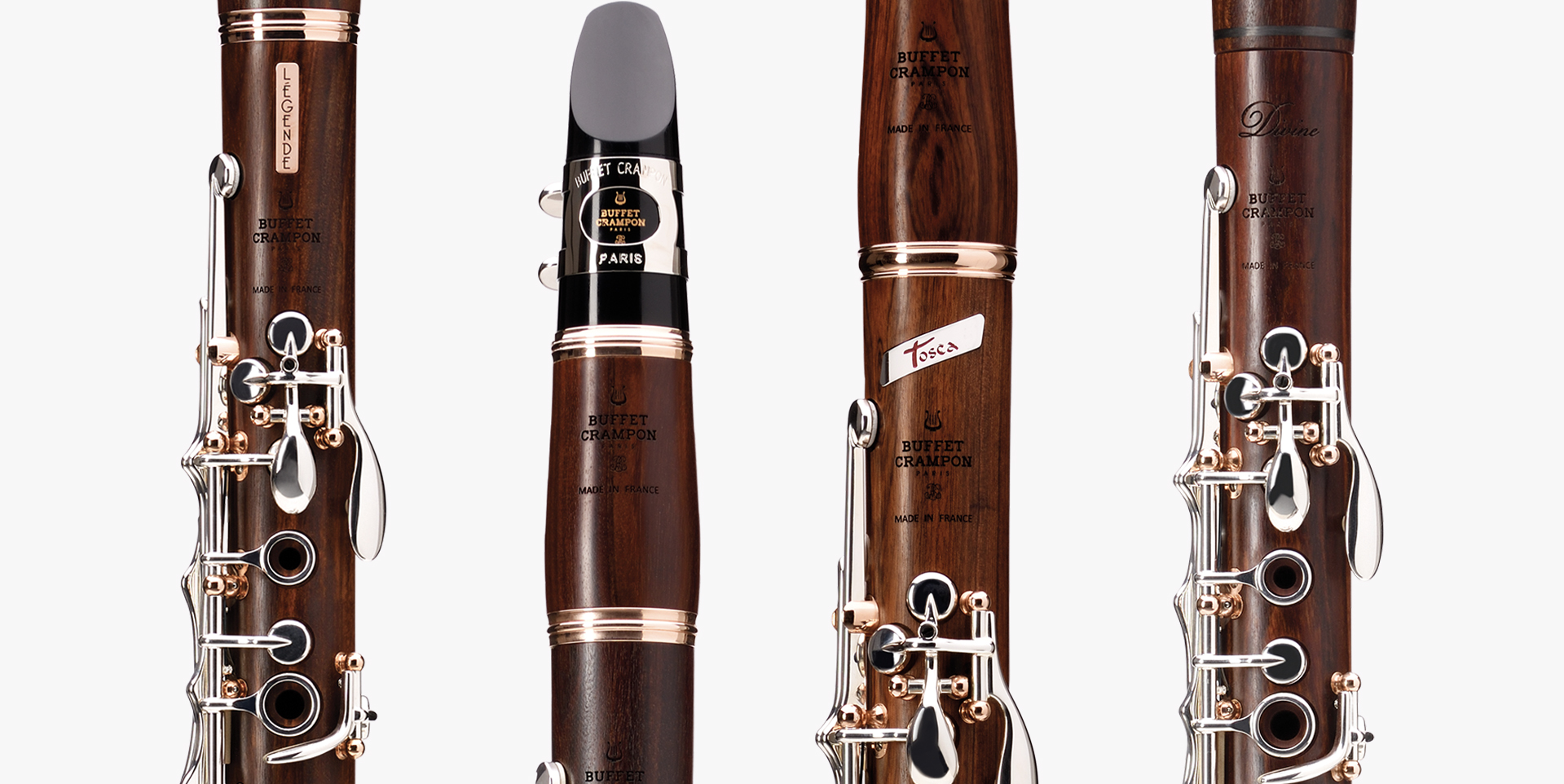
The player, either standing or seated, holds the instrument vertically in front of himself or herself with both hands, left hand on the upper body joint and the right hand on the lower one.

Player - Instrument Interface and Sound Production A tenon-and-socket joint is used to connect the mouthpiece to the neck. A very small gap is left between the tips of the reed and mouthpiece so that the airstream necessary to sound the instrument can pass. The mouthpiece, made of ebonite (a hard rubber), is somewhat conical in shape with much of one side shaved off to create a flat, mostly-open plane (called the ‘table’) over which a rectangular reed is positioned so that its thicker base is securely clamped with a screw-tightened metal ligature to the mouthpiece and its thinly-shaven end is aligned with the tip of the mouthpiece. None of the holes are covered directly with the player’s digits all of the tone holes are reached with the assistance of the keywork system and are covered with pads made of leather and cork. An elaborate system of spring activated keys with pads, horizontal rod-axles, and levers made from nickel silver compensates for this. These holes are of varying sizes and are located at acoustically optimal positions, but do not take into consideration the physiology of the human hands that operate them. A total of twenty-four sound holes are drilled into the walls of the upper and lower joints. From the top of the neck to the bottom of the body the instrument’s bore is cylindrical only the metal bell section has a conical shape both inside and out. The sections are called, from top to bottom: neck (into which the reed-bearing mouthpiece is inserted), left-hand or upper body joint, right-hand or lower body joint, and bell.
#Buffet clarinet history plus
It is constructed in four interlocking sections, connected with tenon-and-socket joints, plus a mouthpiece. The bass clarinet pictured here is made of African blackwood (other hardwoods and resin may also be used) and German silver. The bass clarinet is played both by males and females, amateurs and professionals. Some of these players go on to specialize on the instrument, often holding the bass clarinet chair in a major symphony orchestra. The bass clarinet is today taught, at least in the United States, in the public schools and in university music departments and conservatories where students earning undergraduate and graduate degrees in clarinet performance study it as an auxiliary instrument. There is not much of a solo or chamber music repertoire for the instrument.

The bass clarinet is called for in a number of late-19 th century and 20 th century works for orchestra, is a standard instrument in the modern concert band, and can be found in marching bands it can also be heard in relatively recent works and arrangements for clarinet ensembles/choirs. The modern clarinet family has several members (see E-flat clarinet, clarinet, and contrabass clarinet), including this bass-register one tuned an octave lower than the standard soprano-register clarinet. The bass clarinet is an end-blown single-reed aerophone that originated in Europe but is now distributed throughout the world wherever Western cosmopolitanism has taken root.


 0 kommentar(er)
0 kommentar(er)
